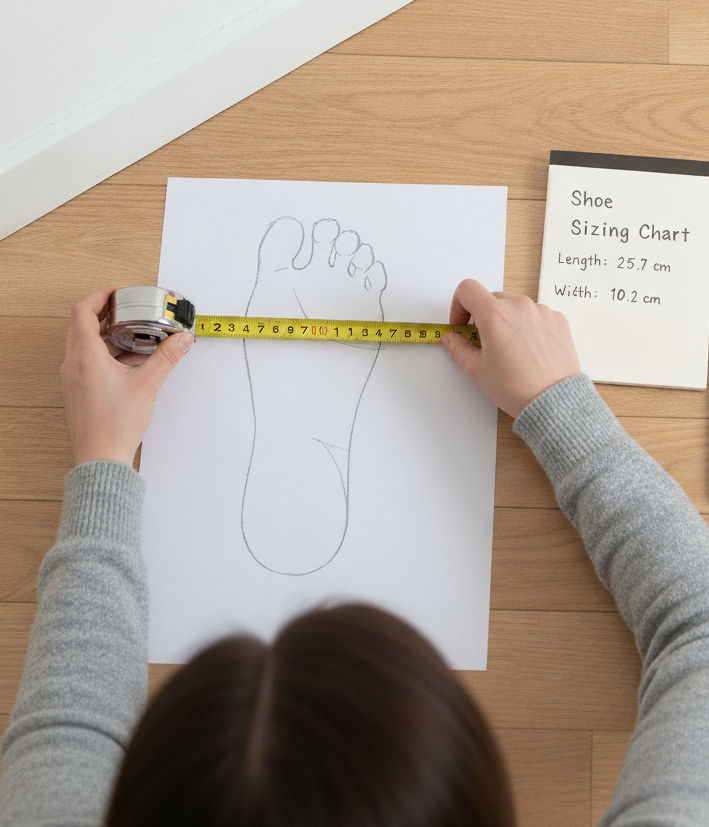A Beginner's Guide to Different Skate Types
- rollingdinocontact
- Nov 10
- 3 min read
Stepping into the world of skating can be confusing—are they roller skates or rollerblades? Quad skates or inlines? The type of skate you choose is the single biggest factor in defining your skating experience.
Whether you're looking to glide gracefully, cover serious distance, or master a grinding trick, there’s a perfect set of wheels out there for you!
I. Quad Skates (The Classic Roller Skate)
These are the iconic, two-by-two wheel setup you probably picture when you hear "roller skates." They offer a wide, stable base.
1. Recreational/Outdoor Quad Skates
Look: Often a high-top boot (like a classic sneaker/boot) with four soft, wide wheels. Features a toe stop at the front.
Purpose: Casual cruising, general fitness, and easy mobility.
Best For: Beginners looking for maximum side-to-side stability, and casual outdoor skaters who need to handle rougher asphalt and sidewalk cracks.
2. Artistic/Rhythm Skates
Look: High-cut, structured boot with a distinct heel lift, designed for support and precision.
Purpose: Figure skating (spins, jumps, choreographed routines) or rhythm/jam skating (dance moves and footwork).
Best For: Skaters who want to dance, perform, or move with grace and complexity, typically on smooth indoor rink floors.
3. Roller Derby Skates
Look: Low-cut, highly durable, speed-style boot with reinforced padding and often a secure strap.
Purpose: High-impact, contact sport played on an oval track.
Best For: Competitive skaters who need intense maneuverability, durability, and a locked-down, responsive fit for quick acceleration and tight turns.
II. Inline Skates (Rollerblades)
Inline skates, often generically called "Rollerblades," feature a single line of 3 to 5 wheels. This setup mimics the feel of ice skating and prioritizes speed and forward stability.
1. Fitness/Recreational Inline Skates
Look: Soft, comfortable boot with an ankle cuff for support, typically 3 or 4 medium-to-large wheels (80mm–100mm). Features a heel brake.
Purpose: Cardio, light exercise, and commuting on paved paths.
Best For: Beginners and fitness enthusiasts. They offer a comfortable, smooth ride and good speed for covering distance.
2. Inline Hockey Skates
Look: Stiff, low-cut, highly protective boot designed to flex like an ice hockey skate. Often uses a Hi-Lo chassis (two smaller wheels in the front, two larger wheels in the back) for an aggressive, forward stance.
Purpose: Playing inline hockey, offering quick stops, tight turns, and explosive acceleration.
Best For: Hockey players who want to train off-ice or play in an inline hockey league. The maneuverability is high.
3. Freeskate (Urban) Skates
Look: A hard plastic shell (hard boot) for maximum responsiveness and protection, usually with 4 large wheels (80mm–90mm). May or may not have a heel brake.
Purpose: High-pace urban skating, jumps, stairs, and navigating city obstacles.
Best For: Experienced skaters who need a tough, supportive, and highly maneuverable skate for street exploration and aggressive jumps.
4. Aggressive Inline Skates
Look: Heaviest, most rugged boot with a short frame and very small, hard wheels (45mm–60mm). Features a deep groove or 'grind plate' between the middle wheels.
Purpose: Performing tricks, grinds, and slides on rails, ledges, and ramps in skate parks.
Best For: Skaters focused on extreme tricks. These are not designed for speed or distance skating.
5. Speed Skates
Look: Low-cut, rigid boot (like a cycling shoe) with a very long frame holding 3 or 4 extra-large wheels (100mm–125mm). No brake.
Purpose: Racing and long-distance endurance.
Best For: Skaters who want to achieve and sustain maximum velocity.
❓ Quad vs. Inline: Which is Easiest to Learn?
Feature | Quad Skates | Inline Skates |
Stability | Easier to balance side-to-side when standing still (due to the wide base). | Requires more ankle strength to prevent leaning in, but better forward/backward stability while rolling (due to the longer frame). |
Braking | Uses a Toe Stop in the front. | Uses a Heel Brake in the back (on most recreational models) or T-stop/plow stop maneuver (on hockey/speed). |
Speed | Generally slower. | Generally faster and better for covering distance. |
Maneuverability | Excellent for quick spins, dancing, and tight turns. | Excellent for agile turns and moving smoothly over small obstacles. |
Ultimately, the best skate is the one that fits your foot comfortably and matches your goals. Don't be afraid to try on different types before making a commitment!



Comments